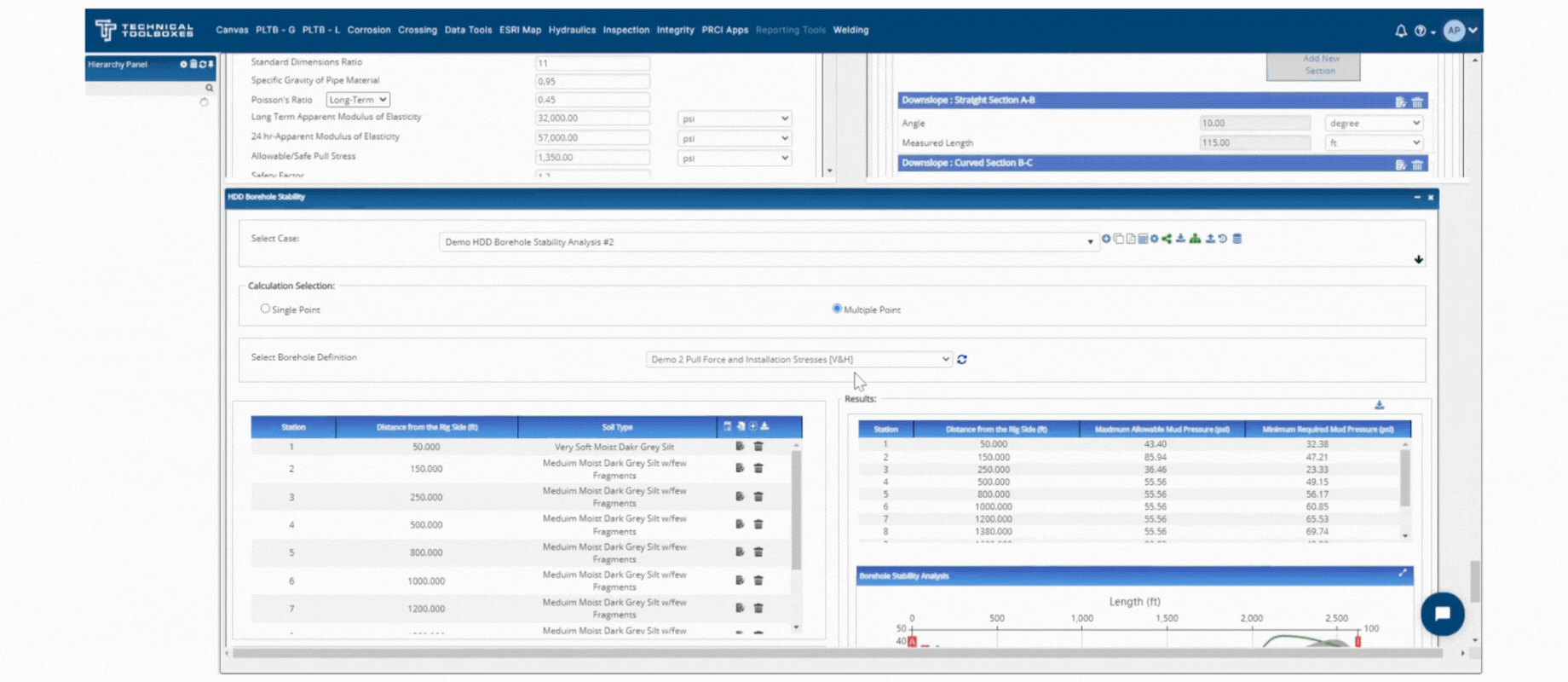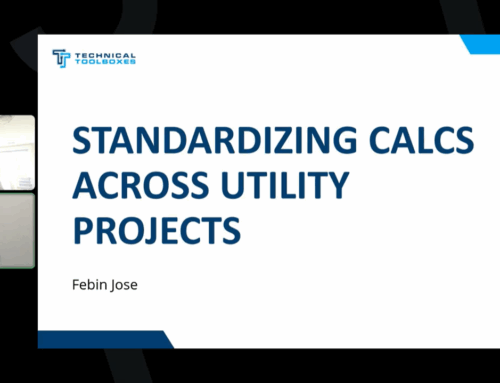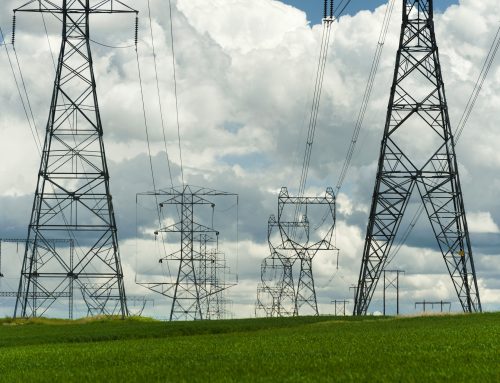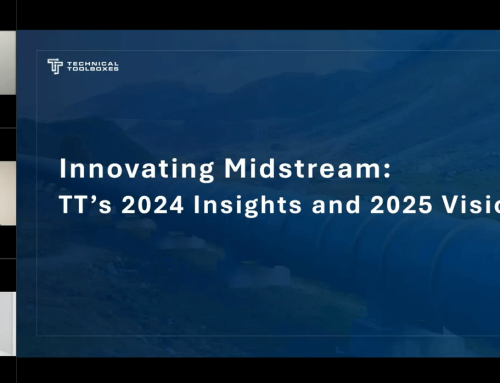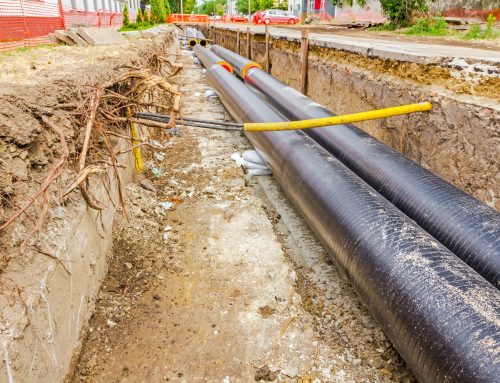Efficient Pipeline Blowdown and Purging Calculations
By Bryant Jerome
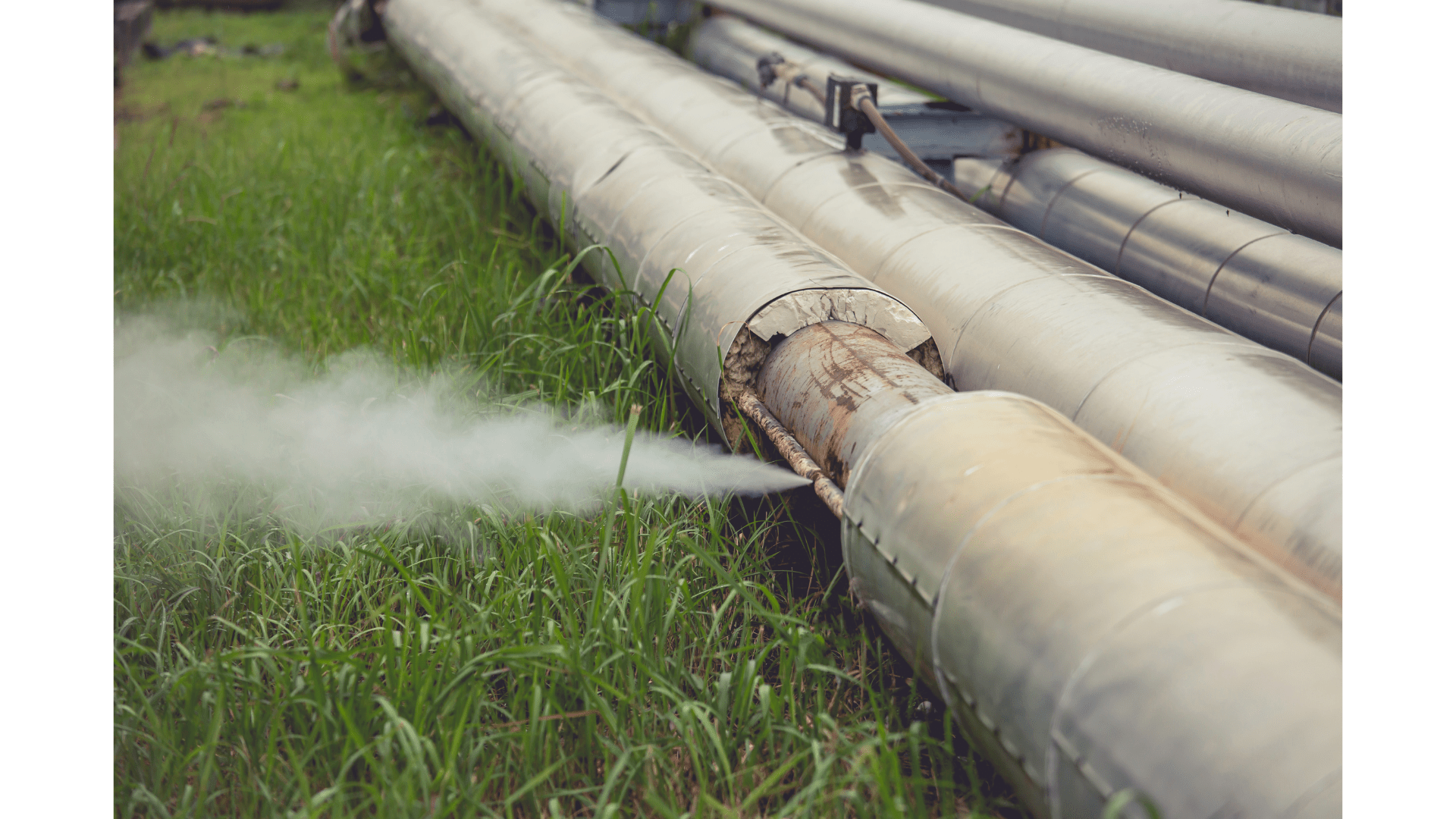
Adherence to pipeline purging and blowdown procedures is critical for maintaining pipeline systems. Whether you are decommissioning a section of a pipeline, conducting maintenance, or preparing for an inspection, following these protocols ensures you can work on the pipeline safely while minimizing emissions and loss of product. In this blog, we will examine a few common standards used in pipeline blowdown and purging, and how technical toolboxes have combined and leveraged these standards into advanced software tools useful in streamlining your purging and blowdown procedures.
Understanding Pipeline Blowdown
Pipeline blowdown refers to the controlled release of highly pressurized gas from a pipeline. This is often necessary during maintenance activities, or when preparing a pipeline for decommissioning or inspection. Proper blowdown procedures aim to release this gas while minimizing the risk of fires, explosions, and general damage to the pipeline caused by vibrations and the sudden onset of low temperature from the blowdown.
The principal factors in a pipeline blowdown operation are the length of the segment to be operated on, the pressure of the internal gas, and the volume of gas to be released. Proper calculation of the blowdown time and the estimated gas flow rate is essential to ensure safe and efficient operation. A common standard for blowdown procedures has been proposed by the American Gas Association. This standard has been conveniently incorporated into Technical Toolbox’s Pipeline Toolbox for ease of use.
Gas Pipeline Purging Techniques
After a pipeline has been blown down, it often must be purged to remove any residual gases and replace it with something inert, usually nitrogen. This step is crucial for safety measures, as it prevents flammable gas mixtures from accumulating within the pipeline.
Effective and safe pipeline purging techniques involve calculating the purge gas flow rate and the volume of gas to be displaced, as laid out by the American Association of Civil Engineers. A calculator for Pipeline Purging is also conveniently located in the Pipeline Toolbox, near the blowdown calculations. Proper purging minimizes the risk of fire or explosion and ensures compliance with safety standards.
Key Calculations in Pipeline Blowdown and Purging
Accurate calculations are essential for both blowdown and purging operations. Here are some of the critical calculations involved:
- Blowdown Time Calculation: This involves determining how long it will take for the pipeline to safely depressurize. Factors such as the initial pressure, the pipe’s length and diameter, and the environmental conditions play a role in this calculation.
- Purge Gas Flow Rate Calculation: This ensures that the purge gas is introduced at a rate that displaces the pipeline’s content effectively without causing over-pressurization.
- Safety Factor Consideration: Safety is paramount in both blowdown and purging operations. Calculations must incorporate safety margins to account for unexpected variations in gas flow or pressure conditions.
To streamline these calculations, Technical Toolboxes’ Pipeline Toolbox (PLTB) provides over 250 pipeline-specific calculations, ensuring precise results that adhere to industry standards.
Optimizing Blowdown Efficiency
Blowdown efficiency can be optimized by using advanced calculation tools and simulation models. Our sensitivity analysis tools allow engineers to calculate multiple scenarios simultaneously, helping them choose the most efficient blowdown strategy. By using these tools, operators can reduce the time required for blowdown, minimize gas losses, and enhance safety.
Safety in Pipeline Blowdown and Purging
Safety is at the core of any pipeline operation. Ensuring that blowdown and purging are performed safely requires adherence to industry regulations such as those outlined by the Pipeline and Hazardous Materials Safety Administration (PHMSA). Compliance with these regulations not only prevents accidents but also protects the pipeline’s integrity.
One key safety measure is ensuring that the pipeline is adequately purged after blowdown to avoid the formation of flammable gas mixtures. Technical Toolboxes offers tools that help operators achieve this through precise calculations and real-time data monitoring.
Leveraging Technology for Better Results
The use of software solutions, such as Technical Toolboxes’ Pipeline HUB, integrates all pipeline data across engineering disciplines. This centralized platform helps pipeline operators streamline workflows, reduce the risk of errors, and make data-driven decisions.
Advanced features like sensitivity analysis and batch runs allow engineers to test different blowdown and purging scenarios, helping them optimize operations while maintaining high safety standards. These tools not only improve efficiency but also help companies reduce costs and operational risks.
Conclusion
Efficient pipeline blowdown and purging calculations are essential for maintaining pipeline safety and integrity. By leveraging advanced tools like the Pipeline Toolbox and the Pipeline HUB, engineers can optimize these operations, reduce risks, and ensure compliance with industry regulations. Whether you are planning a blowdown or conducting purging operations, accurate calculations and the right software can make all the difference in achieving a successful and safe outcome.
For more information on how Technical Toolboxes can support your pipeline operations, visit our website, or contact us today to schedule a demo of our industry-leading tools.
Suggested Post
How Utility Teams are Standardizing Pipeline Calcs
How Utility Teams are Standardizing Pipeline Calcs By Kesley Price Engineering teams working in [...]
GASCalc and GASWorkS are Now Part of Technical Toolboxes
GASCalc and GASWorkS are Now Part of Technical Toolboxes We are pleased to announce that Technical Toolboxes has acquired the [...]
Optimizing AI in Midstream Asset Integrity: Lessons from the Experts
Optimizing AI in Midstream Asset Integrity: Lessons from the Experts By Nick Rendall [...]




